Amrita Sher-Gil: Rebel, Realist, Modernist
Hungarian-Indian painter Amrita Sher-Gil lived a short but immensely prolific life. Despite her untimely death at the age of 28, she had already produced hundreds of daring, Realist paintings that documented ordinary Indian women in a way like never before, portraying them preparing for weddings, at home, or in moments of private solitude and melancholy. Trained in Europe during the early 20th century, Sher-Gil spent the rest of her life in India, painting a blend of east and west which, following her death, earned her a reputation as one of the most revered women artists of the Indian, and international art world. 2023 marks Amrita’s 110th birthday, prompting the National Gallery of Modern Art in India and the Liszt Institute of Hungarian Cultural Centre to launch the Amrita110 Project, a year-long series of events aimed at promoting the life and work of this revered, rebellious and forward-looking artist.
Amrita Sher-Gil was born in Budapest to an aristocratic family of mixed cultural heritage. Her mother was the Hungarian-Jewish opera singer Marie Antoinette Gottesmann, while her father was Umrao Singh Sher-Gil, an Indian-Sikh scholar of Persian and Sanskrit, with a keen passion for photography. Wild and rebellious from a young age, Sher-Gil found moments of stability when drawing. The family moved to Summer Hill, Shimla, in Northern India when the artist was 8 years old, and it was here that she began her first formal art lessons. Ambitious and determined, when Sher-Gil was 16 she moved to Paris to study at the Académie de la Grande Chaumiere, followed by the Ecole des Beaux Arts.
While in Paris Sher-Gil studied the work of modernist, Realist painters including Gustave Courbet and Jean-Francois Millet, whose stirring portrayals of ordinary, working people deeply moved her. In her own art, she began pursuing similar subjects, focussing on honest self-portraits as she grappled with her own mixed identity and fluid sexuality, along with portraits of friends and family, painted without artifice or pretence, in a vividly coloured style. Her ability to blend complex emotions with the direct, uncompromising language of modernist realism has invited comparisons between Sher-Gil and her Mexican contemporary Frida Kahlo.
One of the artist’s breakthrough paintings, Young Girls, 1932, earned her a gold medal and the election as an Associate of the Grand Salon in Paris. Nonetheless, Sher-Gil felt compelled to leave Paris, to reconnect with her past in India. She later wrote “Towards the end of 1933, I began to be haunted by an intense longing to return to India, feeling in some strange, inexplicable way that there lay my destiny as a painter.”
In 1934 Sher-Gil returned to India, settling for a time in Saraya, a village in India’s Gorakhpur district, before moving to Lahore in Pakistan. In India, Sher-Gil painted women going about their daily lives, often with an undercurrent of melancholia or introspection which sat at odd with many earlier portrayals of Indian women. She said, “I realised my artistic mission then; to interpret the life of Indians and particularly of the poor Indians pictorially, to paint those silent images of infinite submission and patience, to depict their angular brown bodies.”
Paintings including Group of Three Girls, 1935, and Bride’s Toilet, 1937, demonstrate the artist’s enduring fascination with, on the one hand, the colourful, performative rituals associated with women’s lives in India, and, on the other hand, the complex internal emotions of the women who are expected to carry them out without compromise. While Sher-Gil sadly died unexpectedly of pneumonia following a complicated abortion at the age of 28, she had already produced a vast body of art. Success came later, after her passing, but she is now a revered figure whose legacy has been growing stronger in recent decades. Her determination to paint an unidealized, gritty portrayal of Indian life, particularly for poor women who were so often overlooked, coupled with her interaction between eastern and western ideas have made her a monumentally significant figure in the history of art. Speaking about the importance of India in her art and life, Sher-Gil wrote in a letter to her father, “I can only paint in India. Europe belongs to Picasso, Matisse, Braque and the rest.”





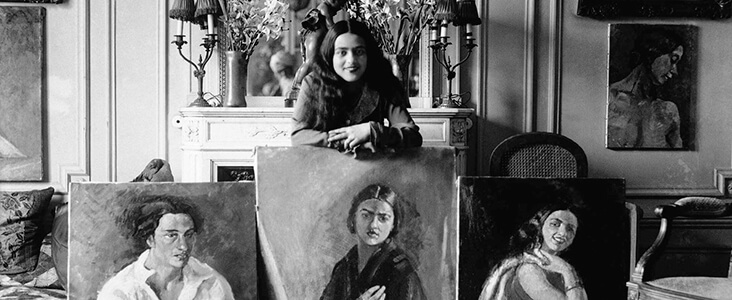


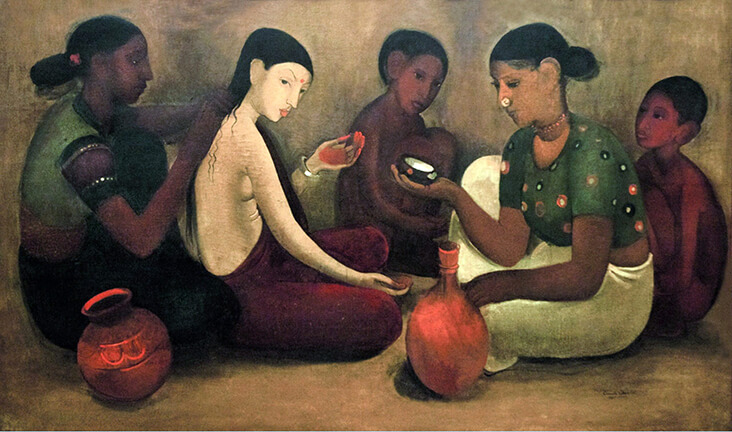
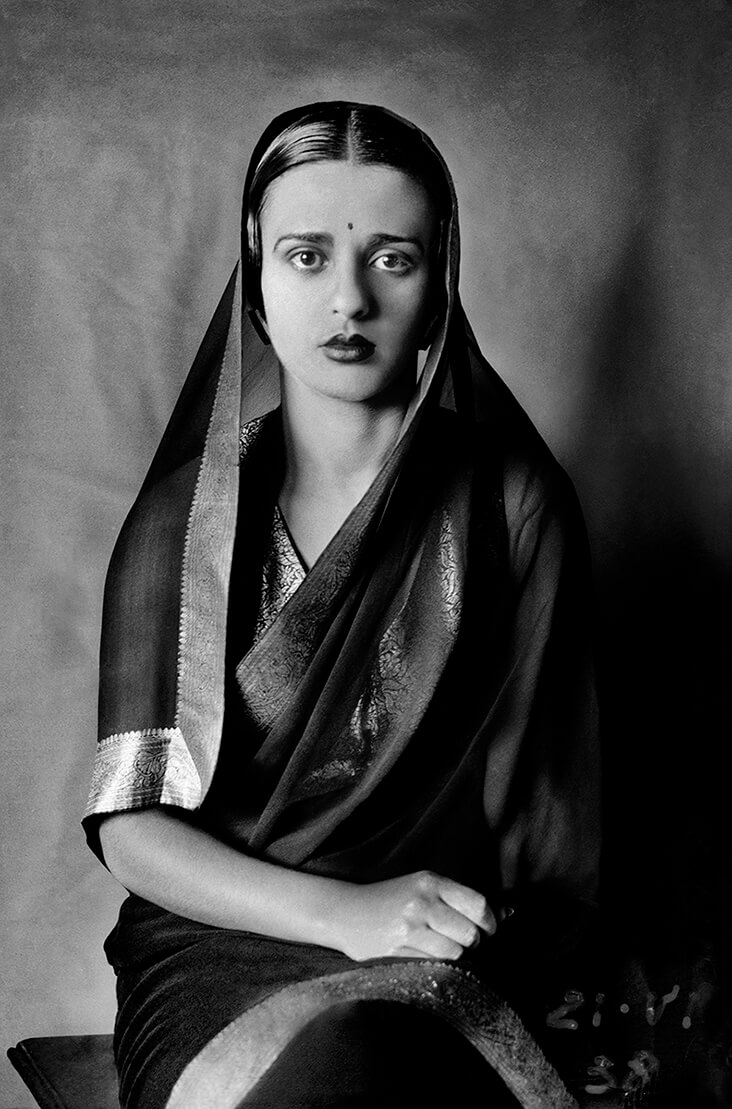
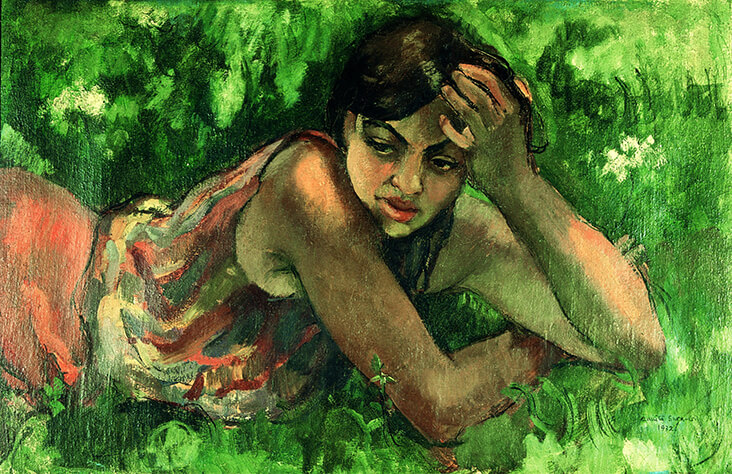
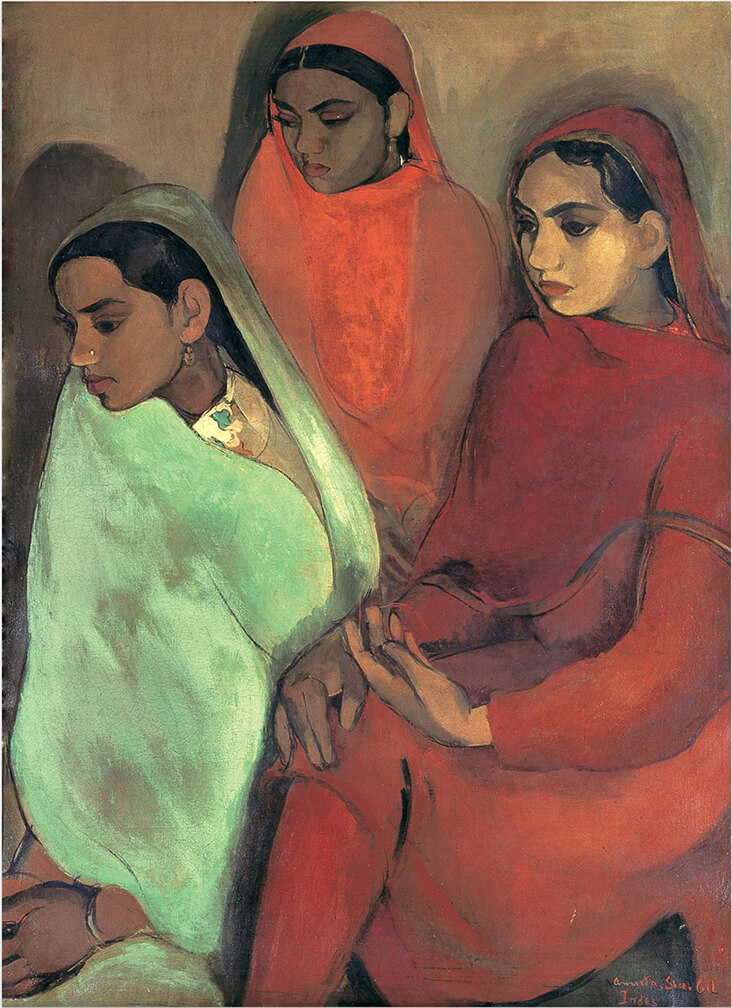













































4 Comments
Cassandra Tondro
Wonderful article. Thank you! I so appreciate you bringing these amazing artists to our attention. How sad that Amrita Sher-Gil died so young. Her legacy is remarkable.
Doris Eugenio
Thank you again for bringing wonderful artists to our attention!
N Rankin
I enjoyed reading about Amrita Sher-Gil. All new to me. Beautiful photos of her and her art.
Rae Ferguson
Happy for her work…sad for the troubled spirit and loss of life.
Rae